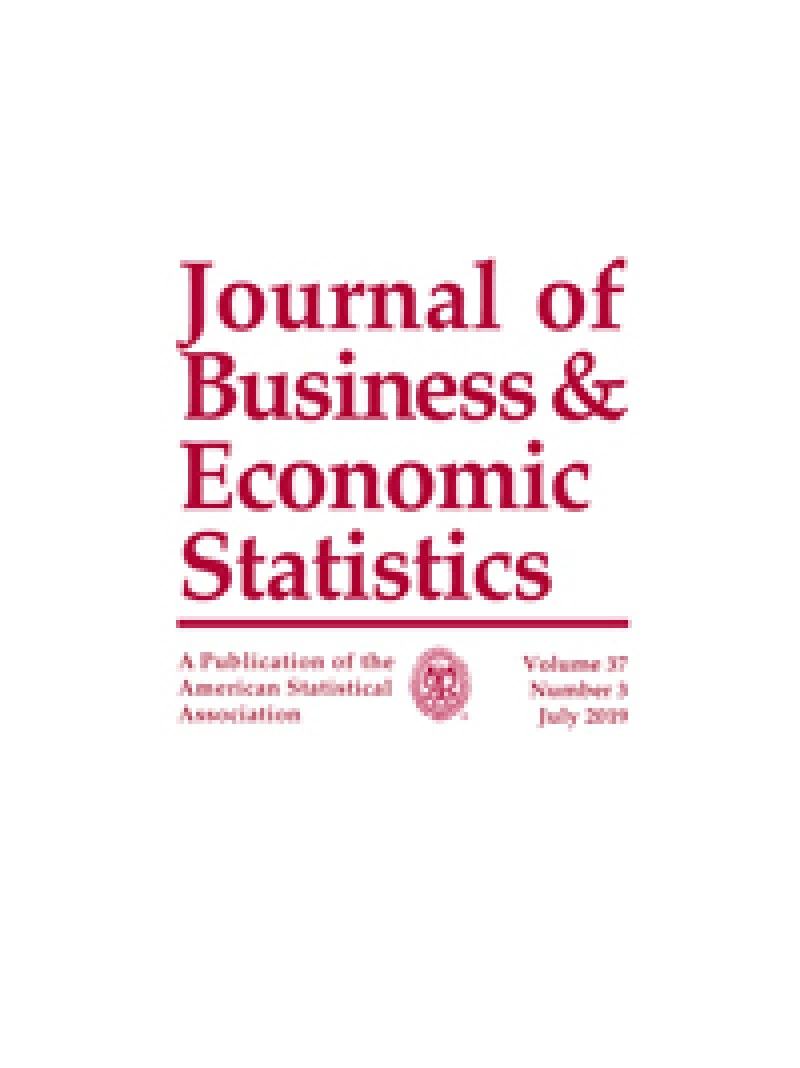Paper by Fellows André Lucas and Julia Schaumburg and Alumnus Bernd Schwaab in Journal of Business & Economic Statistics
The article entitled 'Bank Business Models at Zero Interest Rates' by TI fellows André Lucas (Vrije Universiteit Amsterdam) and Julia Schaumburg (Vrije Universiteit Amsterdam) and TI alumnus Bernd Schwaab (European Central Bank) has been recently published in Journal of Business & Economic Statistics. Follow this link to read the full article.

Abstract
We propose a novel observation-driven finite mixture model for the study of banking data. The model accommodates time-varying component means and covariance matrices, normal and Student’s t distributed mixtures, and economic determinants of time-varying parameters. Monte Carlo experiments suggest that units of interest can be classified reliably into distinct components in a variety of settings. In an empirical study of 208 European banks between 2008Q1–2015Q4, we identify six business model components and discuss how their properties evolve over time. Changes in the yield curve predict changes in average business model characteristics.
Keywords: Bank business models, Clustering, Finite mixture model, Low interest rates, Score-driven model.
Article Citation:
A. Lucas, J. Schaumburg, and B. Schwaab, “Bank Business Models at Zero Interest Rates”, Journal of Business & Economic Statistics, Volume 37, Issue 3, July 2019, pp. 542-555.